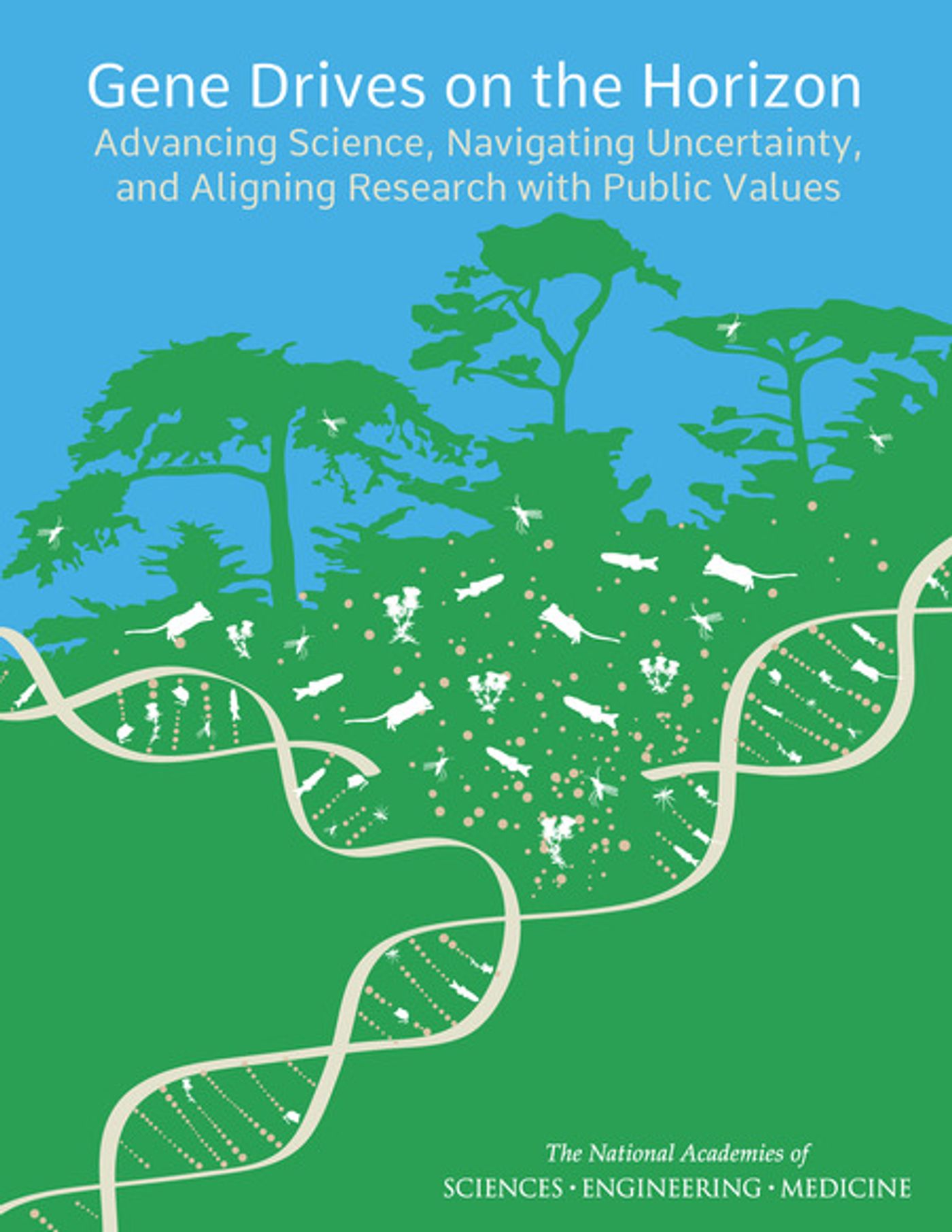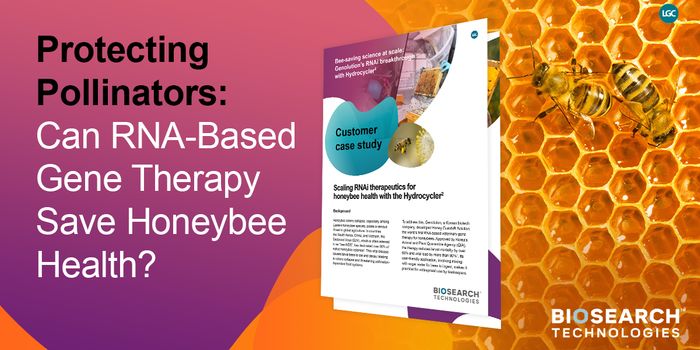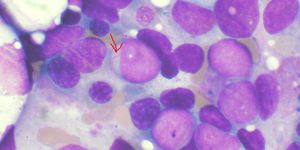Gene drive is a term used to describe the preferential dissemination of some versions of a gene to future generations. While it can occur naturally, it can also be stimulated such that a gene can be easily and rapidly spread throughout a population that is sexually reproducing. One potential application of such a technology would be modifying mosquitoes so they were unable to transmit disease like malaria. Another example would be a preference for one sex over another in human reproduction. Over time, such a bias could dramatically alter the ratio of one sex to another and wreak havoc on the population.
A lot of this probably seemed like science fiction until CRISPR/Cas9 burst on the scene. Scientists who used the CRISPR technology demonstrated gene drive last year in yeast and fruit flies. Ethan Bier and Valentino Gantz of the University of California San Diego
reported that they introduced a mutation that disabled both normal copies of a pigmentation gene on the chromosomes of fruit flies. The gene transmitted itself to the next generation with an astounding 97% efficiency.
Anthony James of the University of California, Irvine, and his team used this concept to genetically engineer mosquitoes with an anti-malaria gene vector he had made years before. They
reported that when a couple of mosquitoes were successfully made, they had the power to transmit anti-malaria genes to almost all of their future offspring, and amazingly continued to do so for at least three generations.
The successful experiments prompted a debate about the use of the technology. Several groups like the Bill & Melinda Gates Foundation and the Defense Advanced Research Projects Agency moved to support an exploratory committee established by the National Academies of Sciences, Engineering, and Medicine.
The committee has released a
216 page document calling for extensive additional research on population and ecological dynamics, new regulations that are appropriate for the technology, and more cooperation between agencies to reduce gaps and overlap in knowledge coming from new work. Public involvement in developments and approvals, especially at the early stages, is also recommended.
The few successful proof-of-concept experiments conducted in the lab to date are not sufficient to consider releasing gene drive–modified organisms into the environment, the report concludes. Todd Kuiken, an environmental scientist with the Wilson Center in Washington, D.C said that based on this study, “there is a lot of work that has to happen before we get to the point of releasing a gene drive [organism] into the environment.” Scientists wield plenty of power with such tools, and would have to be sure about how gene drive might be affected by environmental conditions, whether it might affect other species, or whether it could cause an organism to go extinct.
The report is generating mostly positive reviews. “It's great that they are doing this and we are going to need to build on it so that we can come up with a good and acceptable testing pathway for these organisms,” said Austin Burt, a pioneer of gene working at Imperial College London.
For a different perspective, Zahra Meghani, an ethicist at the University of Rhode Island, Kingston said, “The report rightly identified governance as a critical issue but it does not go far enough in advocating democratic engagement. The development, risk assessment regulation, and use of gene drives should be based on public dialog, public deliberations, and public decision-making. Marginalized groups or communities that could be directly or significantly affected should have a key place at the decision-making table.”
The video below, from Harvard, talks about how gene drive works as well as some techniques for using this tool safely.
Sources:
National Academy of Sciences,
Science: Pennisi,
Science: Gantz et al,
Nature,
NIH,
Harvard University










